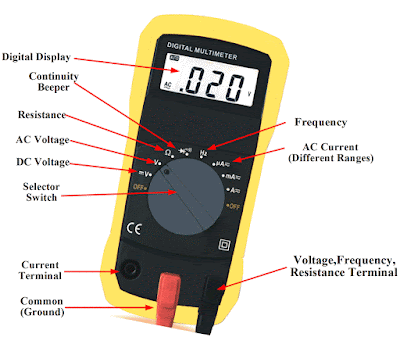1. Safety Precautions:
- Ensure the equipment is de-energized and disconnected from any live circuits.
- Wear appropriate personal protective equipment (PPE).
- Familiarize yourself with the Megger meter's manual and safety instructions.
2. Preparation:
- Select the appropriate test voltage for your specific application (commonly, Megger meters offer a range of voltages such as 250V, 500V, 1000V, etc.).
- Connect the test leads to the meter: usually, a Megger meter has three terminals (Line, Earth, and Guard). For basic insulation resistance testing, you typically use the Line and Earth terminals.
3. Connecting to the Equipment:
- Connect the Line (positive) lead to one conductor of the equipment being tested.
- Connect the Earth (negative) lead to the ground or another conductor of the equipment.
- If using the Guard terminal, connect it to a shield or any other part of the equipment that you want to exclude from the measurement.
4. Performing the Test:
- Turn on the Megger meter and select the appropriate test voltage.
- Press the test button or switch to apply the voltage to the equipment.
- Observe the reading on the display. The meter measures the resistance in ohms (often in megaohms).
5. Interpreting Results:
- A high resistance value typically indicates good insulation.
- A low resistance value may indicate poor insulation, potential leakage paths, or insulation failure.
6. Completion:
- After the test, ensure to safely discharge any residual charge in the equipment by shorting the conductors to the ground.
- Disconnect the test leads and turn off the Megger meter.
- Record the results for future reference and maintenance purposes.
Always refer to the specific Megger meter’s user manual for detailed instructions and safety guidelines, as procedures can vary slightly depending on the model and application.
.webp)





.webp)

